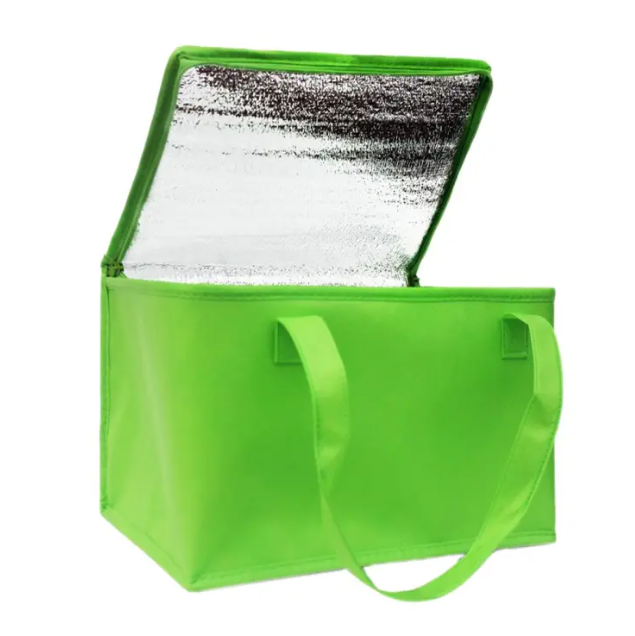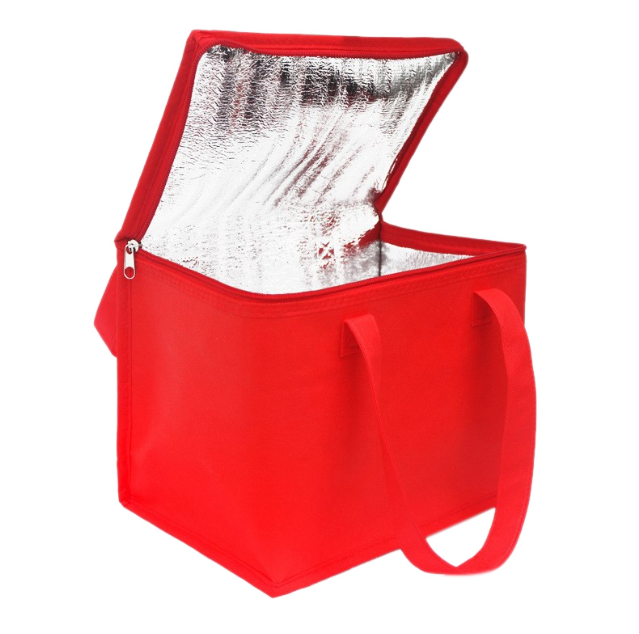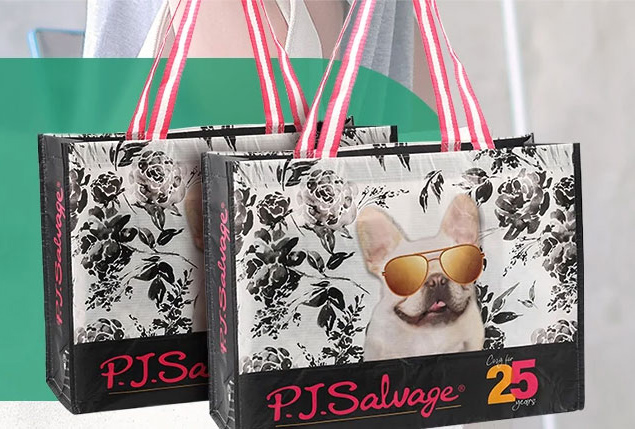What Should You Look for in a Backpack Cooler
July 06, 2024
A backpack cooler is a splendid invention. It merges the ease of a backpack with the cooling prowess of a cooler. Ideal for picnics, hikes, beach excursions, and more. A backpack cooler keeps your food and beverages fresh and chilly while enabling hands-free transport. But with an abundance of options, how do you select the premier one? Here are some essential factors to ponder.

Key Factor to Consider What Should You Look for in a Backpack Cooler
Insulation Efficacy
The principal function of a backpack cooler is to maintain cold temperatures. Thus, the foremost attribute to seek is robust insulation. Insulation is the material within the cooler that retains cold air and excludes warm air.
Types of Insulation
Foam Insulation: Numerous backpack coolers utilize foam insulation. Foam is lightweight and proficient at preserving coldness for several hours.
Gel Packs: Certain coolers incorporate built-in gel packs that can be frozen. These can sustain cold temperatures longer than foam.
Reflective Insulation: This insulation employs reflective materials to deflect heat. Although more expensive, it is exceedingly effective.
Insulation Thickness
Thicker Insulation: Thick insulation prolongs cold retention but adds weight.
Thinner Insulation: Thinner insulation is lighter but less effective in sustaining cold temperatures.
Capacity
The subsequent consideration is the required space. Backpack coolers are available in varied sizes, so contemplate your usage needs.
Small Capacity
Day Trips: For brief outings or solo adventures, a small cooler with a capacity of approximately 12-20 liters suffices. It can accommodate a few beverages and snacks.
Medium Capacity
Family Outings: For family excursions, a medium-sized cooler is advisable. These typically hold 20-30 liters, suitable for a small group's provisions.
Large Capacity
Group Events: For extensive gatherings or prolonged journeys, a large cooler with a capacity of 30-40 liters or more is optimal. It can store ample supplies for several individuals.
Comfort and Design
Given that you will be carrying the cooler on your back, comfort is paramount. An exemplary backpack cooler should feature padded shoulder straps and a comfortable back panel.
Straps
Padded Straps: Seek straps with ample padding to avert shoulder discomfort.
Adjustable Straps: Adjustable straps ensure a customized fit.
Back Panel
Padded Back Panel: A padded back panel enhances comfort and support.
Ventilated Back Panel: Some coolers have ventilated back panels to keep you cool.
Weight Distribution
Even Weight Distribution: A well-engineered backpack cooler distributes weight evenly, mitigating back strain.
Durability
Your backpack cooler should withstand diverse conditions. Opt for durable materials capable of enduring harsh environments.
Material
Nylon: Nylon is robust, lightweight, and tear-resistant.
Polyester: Polyester is also durable and commonly used in cooler construction.
Water-Resistant Materials: Water-resistant or waterproof materials are ideal for keeping contents dry.
Zippers and Seams
Sturdy Zippers: Look for strong, easy-to-use zippers.
Sealed Seams: Sealed seams prevent leaks and enhance durability.
Additional Features
Some backpack coolers include extra features that enhance convenience and utility.
Pockets
Exterior Pockets: Extra exterior pockets are useful for utensils, napkins, or small items.
Interior Pockets: Interior pockets help organize contents.
Bottle Opener
Built-In Bottle Opener: A built-in bottle opener is handy for opening beverages.
Waterproof Compartment
Separate Waterproof Compartment: Useful for storing wet items or ice packs.
Molle System
Molle System: A Molle system allows attachment of extra gear.
Ice Retention
Ice retention refers to how long the cooler can keep ice frozen, a crucial factor for extended trips.
Ice Retention Time
Short Trips: For brief trips, 12-24 hours of ice retention should suffice.
Long Trips: For extended journeys, opt for a cooler that retains ice for 48 hours or more.
Review Evaluations
Check Reviews: Consult reviews to gauge other users' experiences with the cooler's ice retention.
Ease of Cleaning
After a day of enjoyment, cleaning your cooler is necessary. Some coolers are easier to clean than others.
Liner
Removable Liner: A removable liner simplifies cleaning the cooler's interior.
Antimicrobial Liner: Some coolers feature antimicrobial liners to resist mold and mildew.
Wide Opening
Wide Opening: A cooler with a wide opening is easier to access and clean.

Price
Finally, consider your budget. Backpack coolers span a range of prices.
Budget Options
Affordable Coolers: Quality backpack coolers are available for under $50, suitable for occasional use.
Mid-Range Options
Mid-Range Coolers: For $50-$100, you can obtain a cooler with superior insulation and more features.
Premium Options
High-End Coolers: For over $100, high-end coolers offer exceptional insulation, additional features, and superior durability.
Final Words
Selecting the ideal backpack cooler hinges on your specific needs and preferences. Evaluate insulation efficacy, capacity, comfort, durability, additional features, ice retention, ease of cleaning, and price. By considering these elements, you can find the perfect backpack cooler for your escapades. Enjoy the coolness!
NEXT: Which One is Correct and Shopper Bag or Shopping Bag
PREV: End

